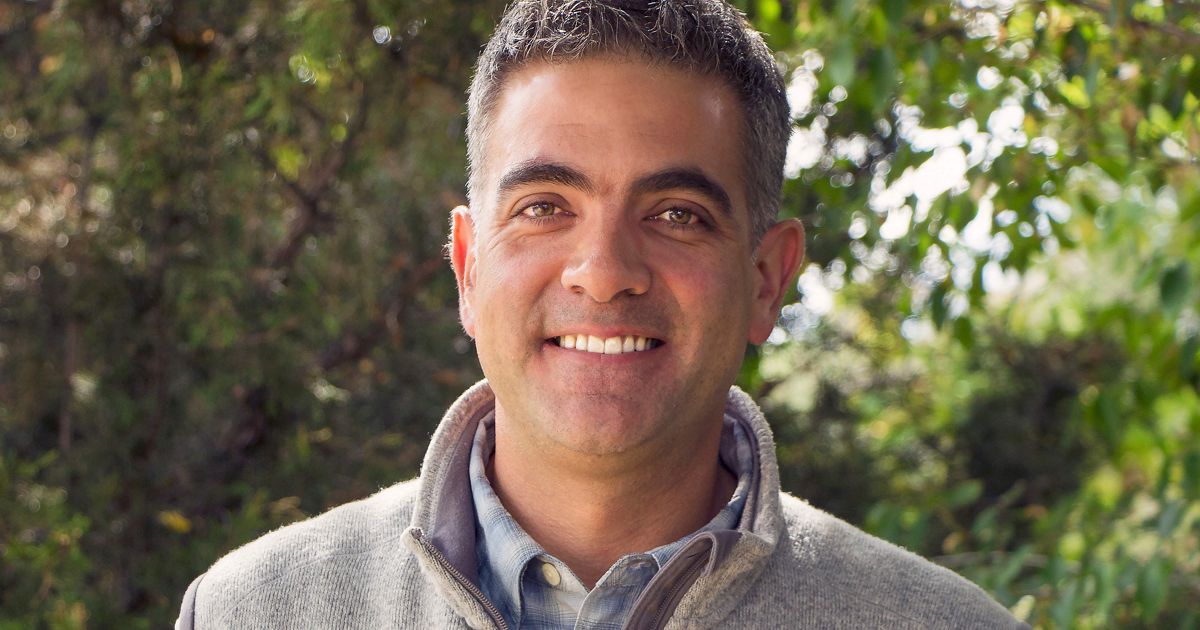
This is part 3 of a series on diversity in the water world, check out Part 1 here and Part 2 here!
The environmental movement is global, which implies diversity and the inclusion of all people. However, though this global movement affects not only humans but all life on the planet, “the vast majority of environmental leaders in the United States, are predominantly white,” said Carlos Fernandez, the State Director of The Nature Conservancy (TNC). For the fourth installment of my blog series on Diversity and Inclusion in the water/environmental world, I had the privilege to virtually interview Carlos Fernandez, an Argentinian-American, and a proud Latino leader in the Colorado conservation world.
Carlos Fernandez was born and raised in Mendoza, Argentina before coming to the United States as a young adult. He studied law at Georgetown University following in the steps of his father, who was also a lawyer. After graduating, Carlos went back to Argentina and began his environmental career with The Nature Conservancy.
Carlos really touched on the prominent lack of diversity and inclusion throughout the environmental movement in the United States. He stated, “Many people say that the environmental movement lacks diversity, and I always answer the same thing. Yes, but only in the United States. The environmental movement is a wide movement. It may not be diverse in the United States, but the global environmental movement is very diverse, and that difference is very important.” Before coming to the United States, Carlos worked in Argentina for The Nature Conservancy as a Project Manager, where he spoke of TNC’s work with different indigenous groups, incorporating diversity in their work. While it may seem obvious that the United States has a bigger problem with diversity than other countries, it was not something that I was considering during this project. The history of the United States, and the embedded systemic racism that affects our institutions also affects the makeup of the environmental world. Not to say that the U.S. is alone in its lack of diversity, but particularly for the environmental movement.
When speaking about the environmental world in Colorado, Carlos shared a positive experience. He felt that he had been accepted with open arms in Colorado, and the prospect of being one of the only leaders of color did not intimidate him, but rather, encouraged him. “There is a lot of work to be done. We need to make sure our environmental outcomes have a match to their demography,” he stated. He was brimming with determination and motivation when speaking about the work that needs to be done to tackle the lack of diversity. There are multiple strategies the Colorado chapter of TNC is implementing to tackle a lack of diversity and inclusion, Carlos mentioned.
The first strategy that TNC is implementing is mapping out a strategic plan with three important pillars: Social Justice, Diversity, and Inclusion, called “The Diversity and Inclusion Initiative.” He pointed out that this will take at least 5-10 years minimum, as there is so much work to be done, and realistic timeframes matter. Within their strategic plan to address a lack of diversity, they are aiming to address every facet of the workplace, but also the work itself. Carlos spoke about his work with the board of TNC, and how they are aiming to include more people of color on it. He also drew on the importance of working with partner organizations that value diversity and inclusion such as Outdoor Afro and Environmental Learning for Kids (ELK), two of their current partners. Finally, TNC’s Colorado chapter is launching a partnership project with one of the Ute Tribes in Southwestern Colorado to address water issues. All of these strategies are aiming to include a larger and more diverse group of people in the workplace and in the projects that TNC aims to pursue. A multifaceted approach to a lack of diversity and inclusion is the only way to tackle a problem that is embedded in the United States.
When I asked Carlos about what targets might look like for improving diversity and inclusion outcomes, he said “I think we ought to be in a place where the work we are doing and putting out is not only relevant for the white demography of Colorado but to the entire demography of Colorado, including, of course, our large Hispanic population and everyone else.” He also spoke to the need of elevating Black and Native American voices in the conservation world, especially in the areas where they are most affected. He even mentioned that at the beginning of every board meeting, allowing time dedicated to acknowledging who inhabited the land previously.
To echo Carlos’ sentiment, there is a lot of work to be done. This process will take years of learning and unlearning. While the process to increase diversity and inclusion in the environmental world may be challenging, it is encouraging to see organizations taking the time to begin this process and dive into the challenges that it brings. Thank you to Carlos for your time and encouraging spirit. While the diversity and inclusion problem is complex and multifaceted in the United States, long-term, targeted programs like the ones Carlos harped on are definitely a part of the solution.
Thank you for reading and stay tuned for another blog!